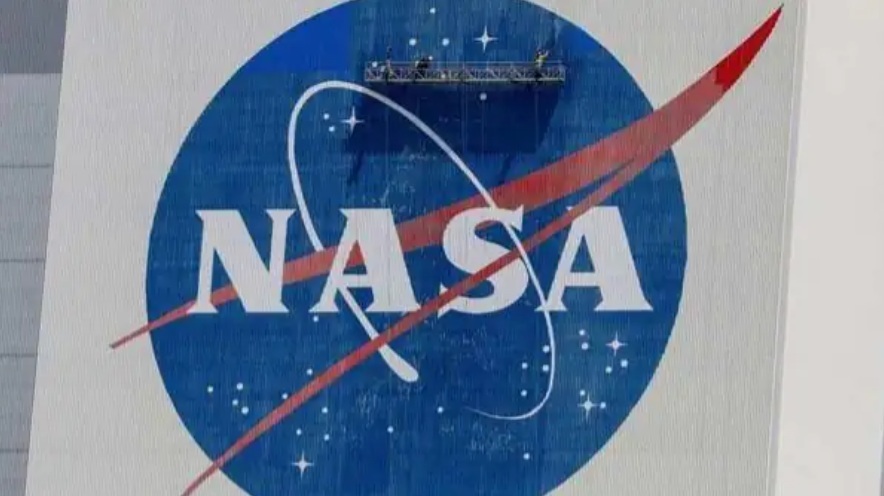Hubble Telescope Finds Evidence Of Water Vapour In Jupiter’s Moon: NASA
Washington: NASA on Wednesday revealed that its astronomers have uncovered the first evidence of water vapour in the atmosphere of Jupiter’s moon Ganymede by using new and archival datasets from Hubble Space Telescope.
According to the study published in the journal Nature Astronomy on Monday, the water vapour forms when ice from the moon’s surface turns from solid to gas.
Previous studies have offered circumstantial evidence that Ganymede, the largest moon in the solar system, contains more water than all of Earth’s oceans, NASA said.
However, temperatures there are so cold that water on the surface is frozen solid, according to the US space agency.
Ganymede’s ocean would reside roughly 160 kilometres below the crust, therefore, the water vapour would not represent the evaporation of this ocean.
Astronomers re-examined Hubble observations from the last two decades to find this evidence of water vapour.
In 1998, Hubble’s Space Telescope Imaging Spectrograph took the first ultraviolet (UV) images of Ganymede, which revealed colorful ribbons of electrified gas called auroral bands, and provided further evidence that Ganymede has a weak magnetic field.
The similarities in these UV observations were explained by the presence of molecular oxygen (O2). But some observed features did not match the expected emissions from a pure O2 atmosphere. At the same time, scientists concluded this discrepancy was likely related to higher concentrations of atomic oxygen (O).
As part of a large observing program to support NASA’s Juno mission in 2018, Lorenz Roth of the KTH Royal Institute of Technology in Stockholm, Sweden led the team that set out to measure the amount of atomic oxygen with Hubble. The team’s analysis combined the data from two instruments: Hubble’s Cosmic Origins Spectrograph in 2018 and archival images from the Space Telescope Imaging Spectrograph (STIS) from 1998 to 2010.


Comments are closed.